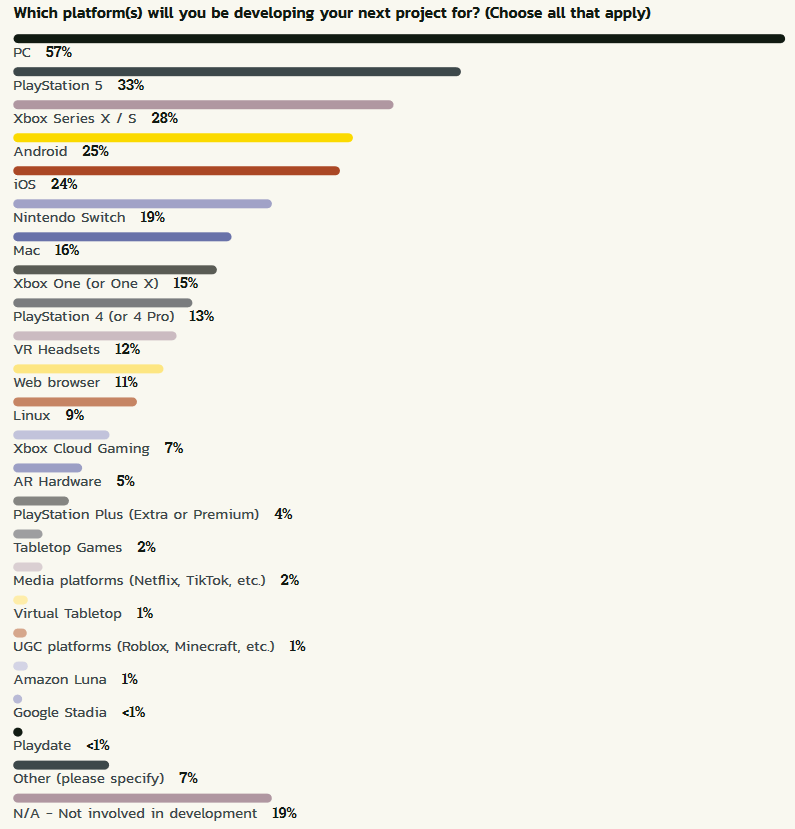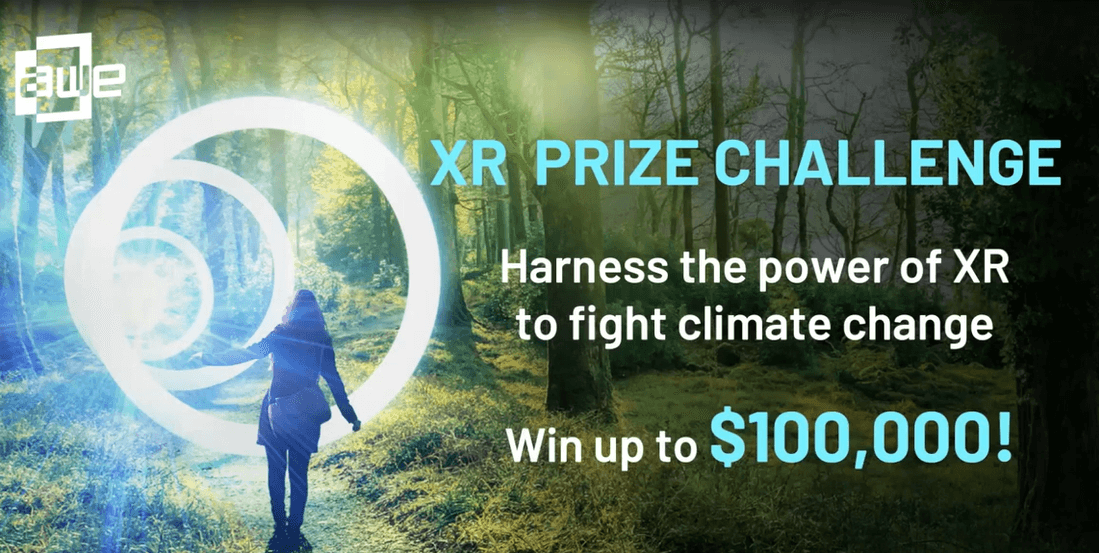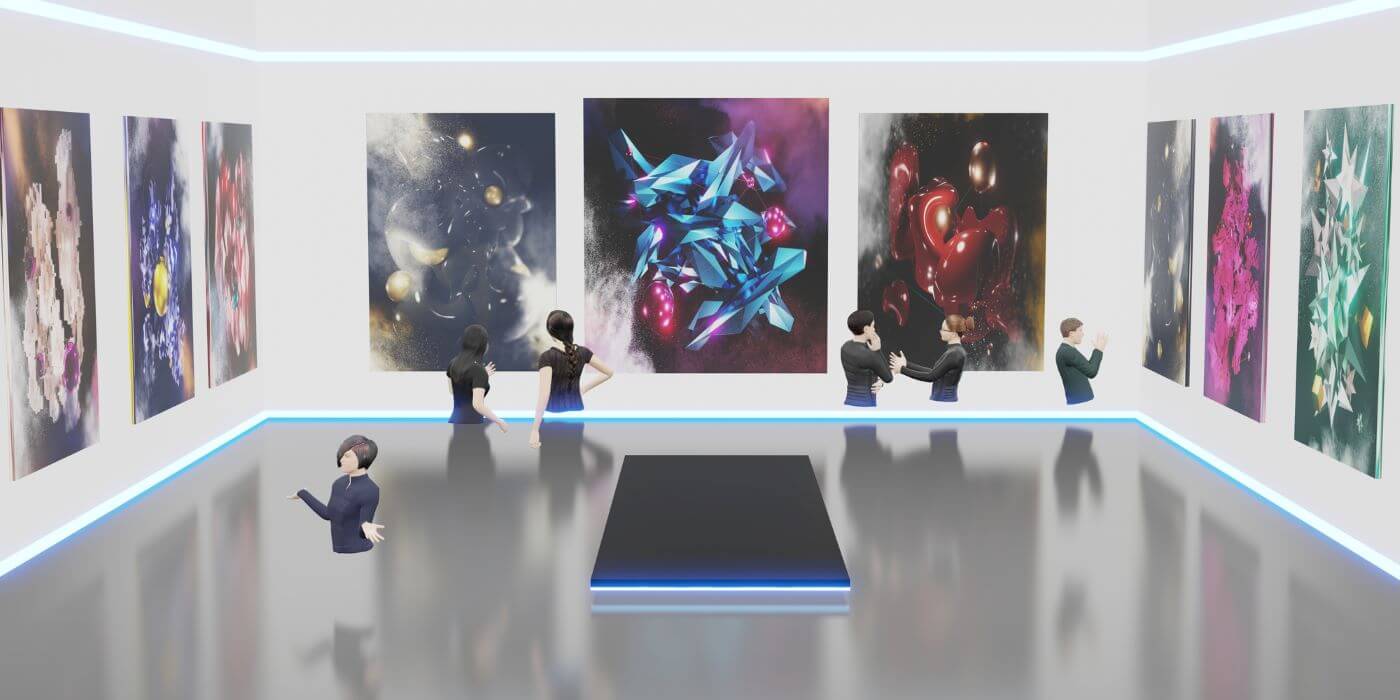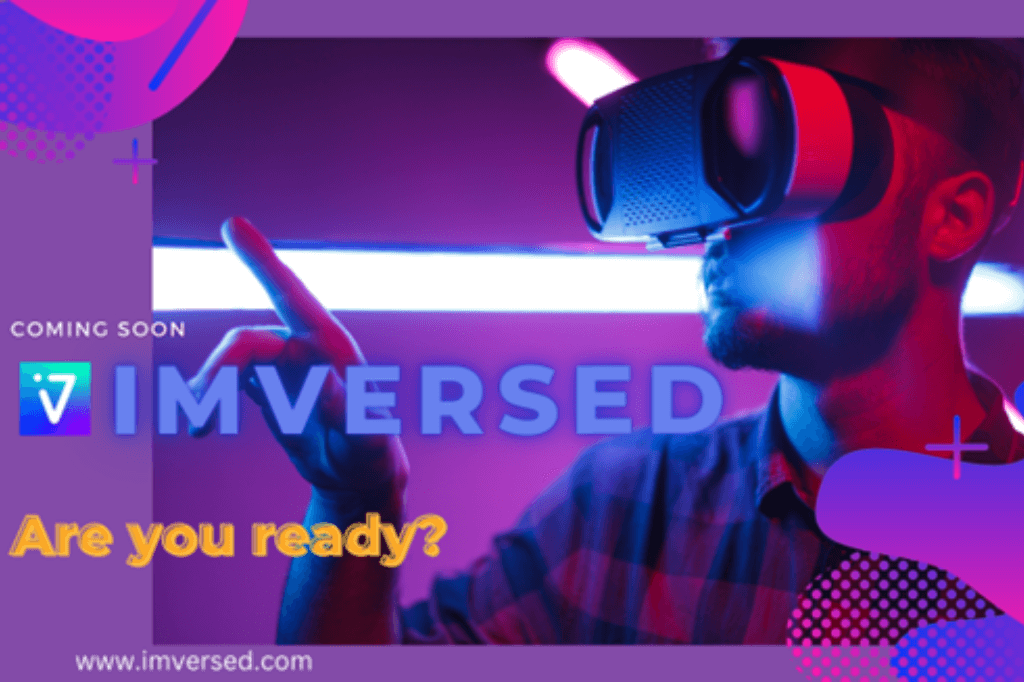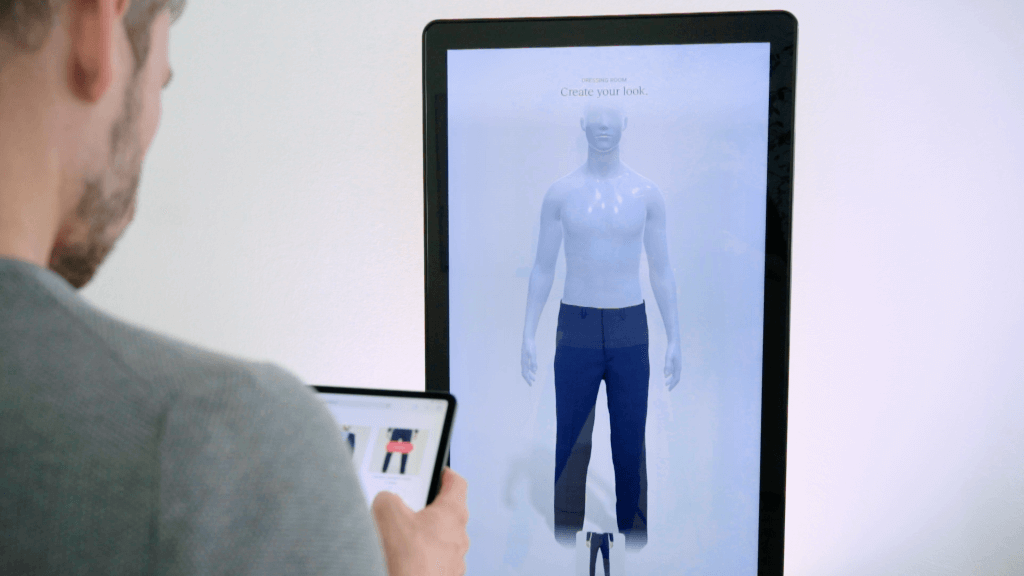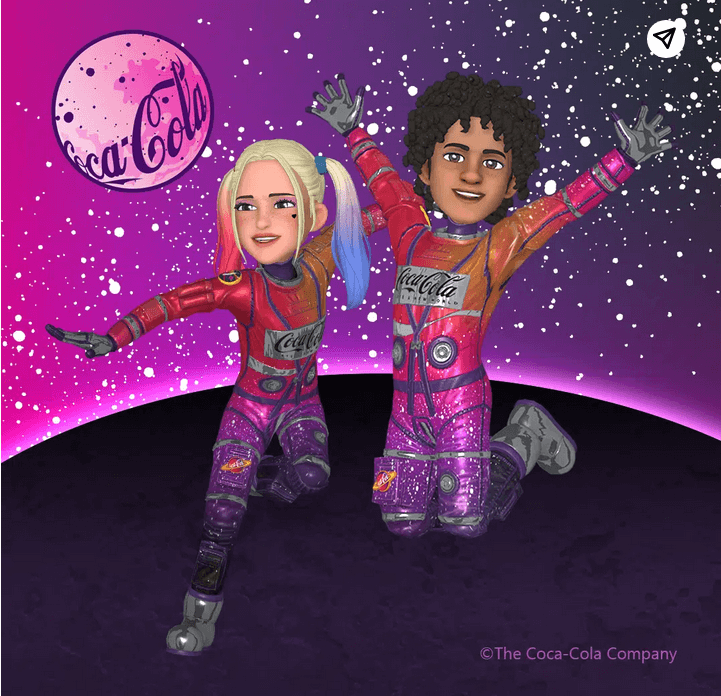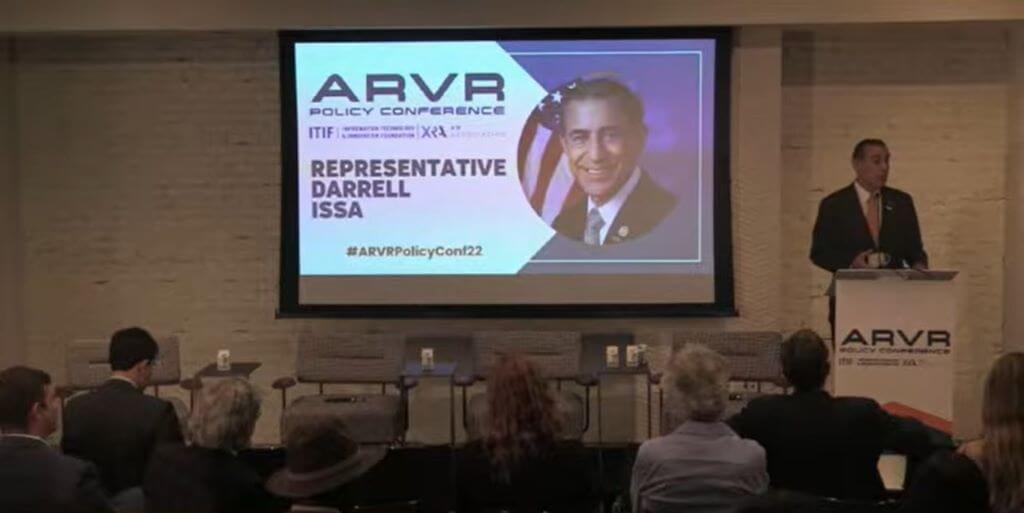GDC 2023 State of the Game Industry Report Includes Insights Into VR and AR
Games are the largest use case for consumer VR and AR. While VR and AR remain a comparatively small segment of the games industry, the industry is taking notice as VR hardware in particular improves. This presents possibilities for new kinds of games but also promises to breathe new life into established franchises. The GDC’s State of the Game Industry Report for this year is by no means dedicated to VR and AR. However, it does hold insights into how this segment of the industry is growing and changing. This includes insights into larger emerging technology trends like Web3 and the metaverse. VR and AR in the Larger Games Industry This GDC survey, the 11th in an annual series, found that “the metaverse has become more than a buzzword.” That doesn’t mean that VR and AR are now the driving force in the games industry. In terms of which platforms
